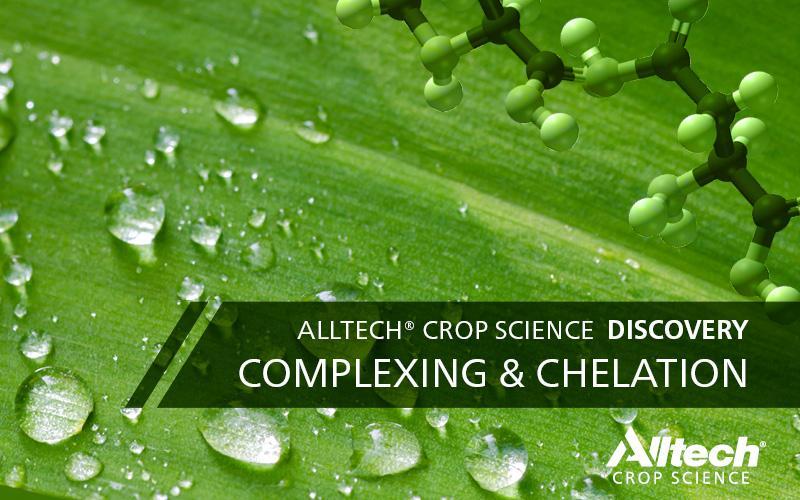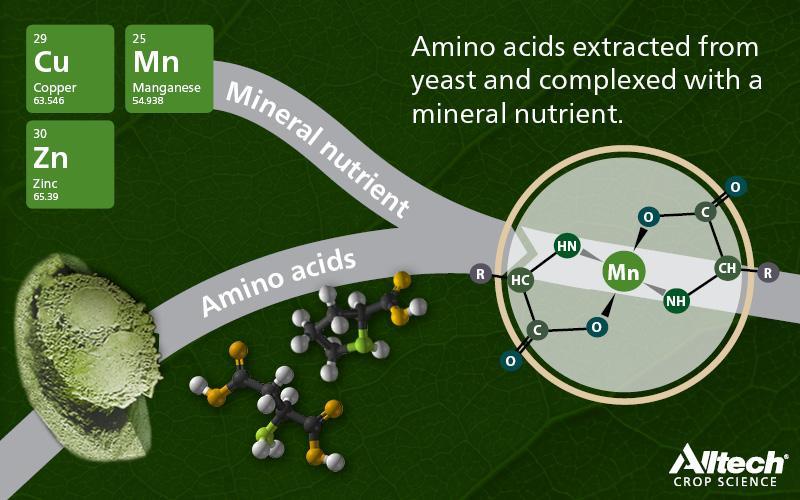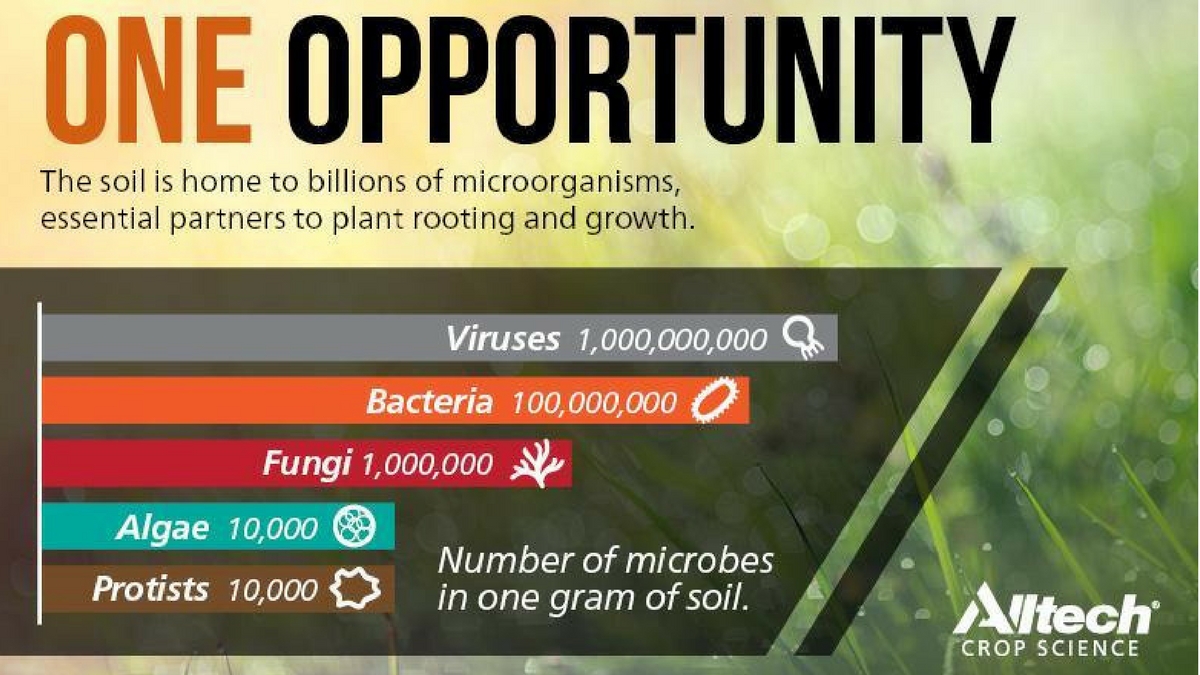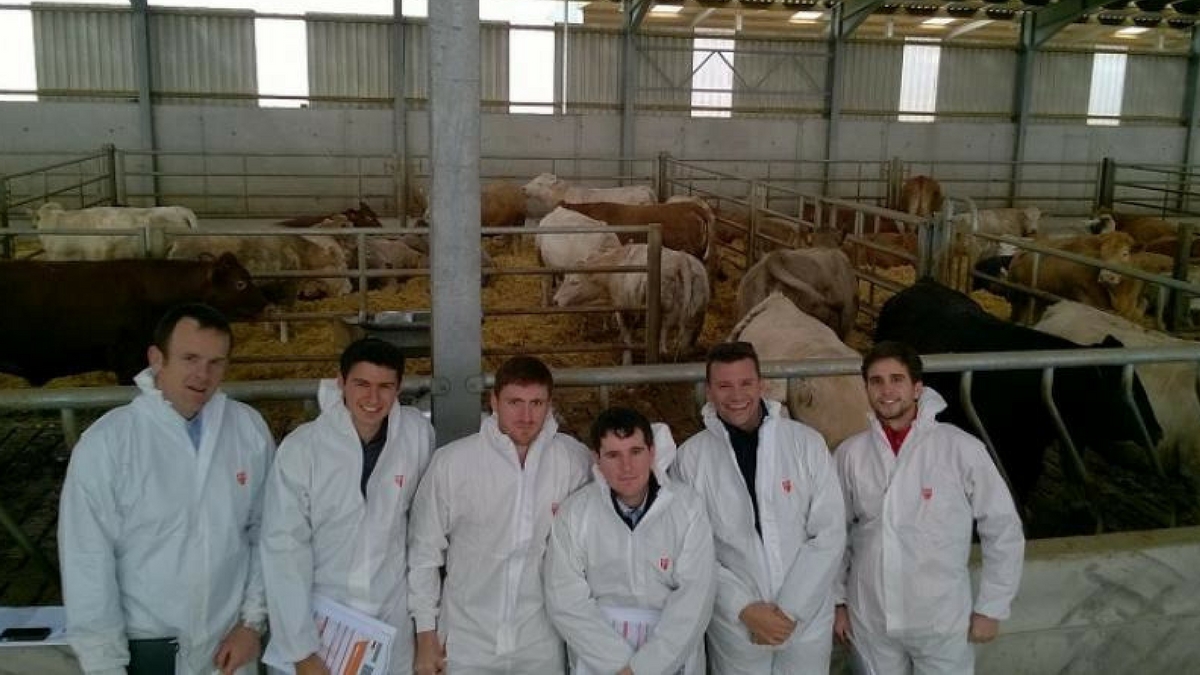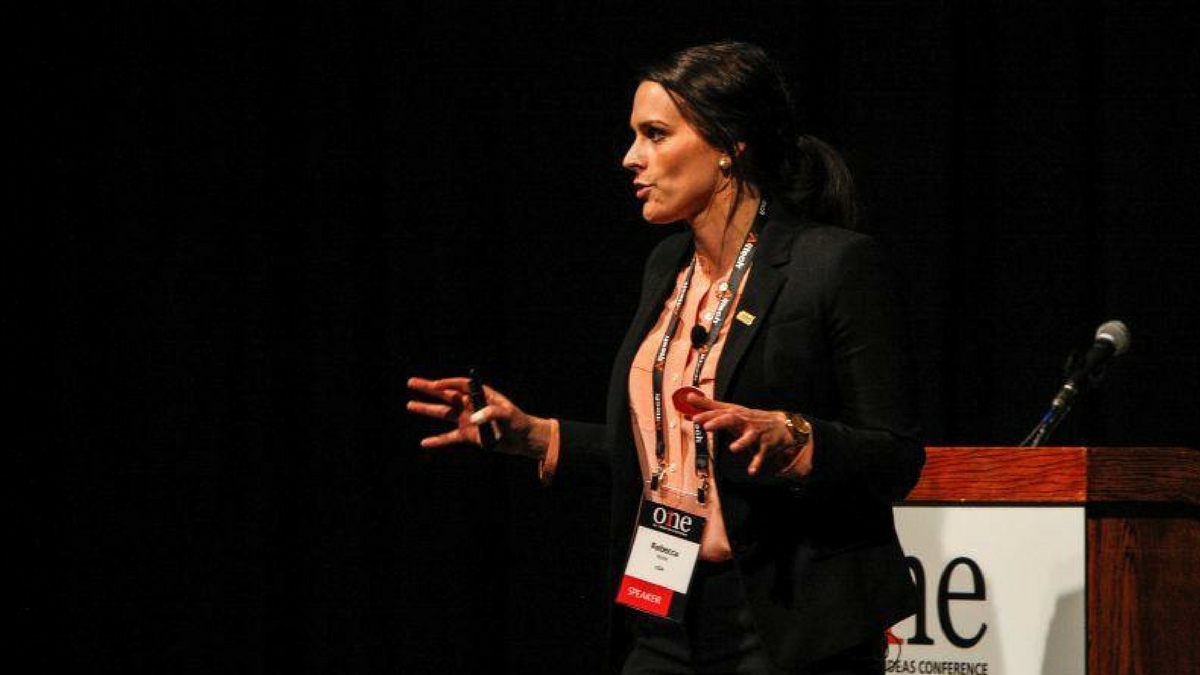Packing up for ag journalism boot camp
Ten international agricultural journalists are packing their bags for boot camp, a special ag media tactical training in Bonn, Germany, just prior to the annual congress for the International Federation of Agricultural Journalists (IFAJ).
The lucky travelers are winners of the 11th annual IFAJ-Alltech Young Leaders Award, which recognizes 10 exceptional communicators from across the globe. This year’s group will represent North America, Belgium, Ghana, Australia, Austria, Norway, Burkina Faso, New Zealand and the United Kingdom.
According to the participants, the international diversity and interaction is a major attraction. They are eager to strengthen their reporting skills, but they also hope to learn about the agriculture industry in the boot camp’s host country of Germany and trade information with other attendees on agricultural issues from their home countries.
“My expectations are to learn a lot from other outstanding agricultural journalists, network with my international peers at the event and enjoy learning more about German and European agriculture on the tours,” said Sarah Hill, a freelance journalist from South Dakota.
Hill is specifically hoping to learn more about what the dairy and beef industries are like in Germany and Europe. She also said she hopes to hone her skills as a writer, photographer and marketer.
Julienne Isaacs, a freelance writer based out of Canada, feels like the conference will offer a lot of new ideas for her and the other journalists in attendance.
“I have been told by other journalists that they make the IFAJ Congress a priority every year, no matter where in the world it is held,” she said. “I am expecting the conference will offer an abundance of new ideas and opportunities to connect with colleagues from around the globe.”
Isaacs is also looking forward to deepening her skills as an agricultural journalist, but mostly she is hoping to develop friendships with professionals working in very different contexts than her own and to learn from their experiences.
Inoussa Maiga, a multimedia communicator from Burkina Faso, shares the same views as Hill and Isaacs in the sense that she expects to learn new ideas from different sectors of the world.
“This is, for me, a unique opportunity to learn from others’ experiences, the state of agricultural journalism and communication in their countries,” said Maiga.
A lot of the participants are already friends through social media, so they are looking forward to meeting each other in person.
Jennifer Latzke, a previous boot camp participant and winner of the IFAJ-Alltech Young Leaders Award in 2013, explained that she and the other participants started a Facebook group about a month before meeting so that they could all introduce themselves.
“When we finally got together in person, it was like seeing old friends,” she said.
For Latzke, the coolest part was meeting people from around the world, talking about agriculture in their own regions and realizing that they really have more in common than they have differences.
“Agriculture is such a global industry today that it's so powerful to have connections around the world to talk to about global events that affect not just U.S. farmers, but their foreign counterparts, too,” she said.
Latzke also shared that they may just be together for 10 days or so, but they will make lifelong friends. Her final advice to the 2016 participants:
“Be prepared to not only learn from your instructors, but from each other as well. It's the sharing of lessons from your countries, those personal experiences and connections, that will prove more lasting than you can imagine. We may not all have the same skills sets, but we all have the common purpose of communication and education of our readers and listeners. You'd be amazed at what you'll pick up from your counterpart halfway around the world!”
- Read more about Packing up for ag journalism boot camp
- Log in to post comments
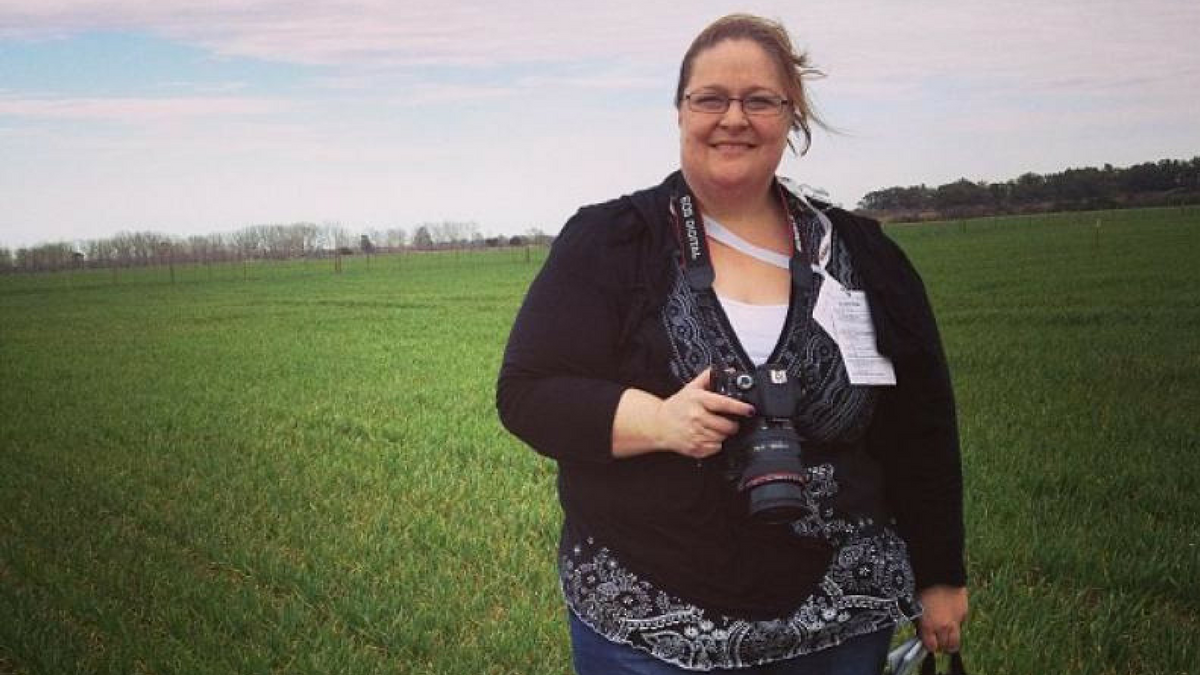
<p></p>
















